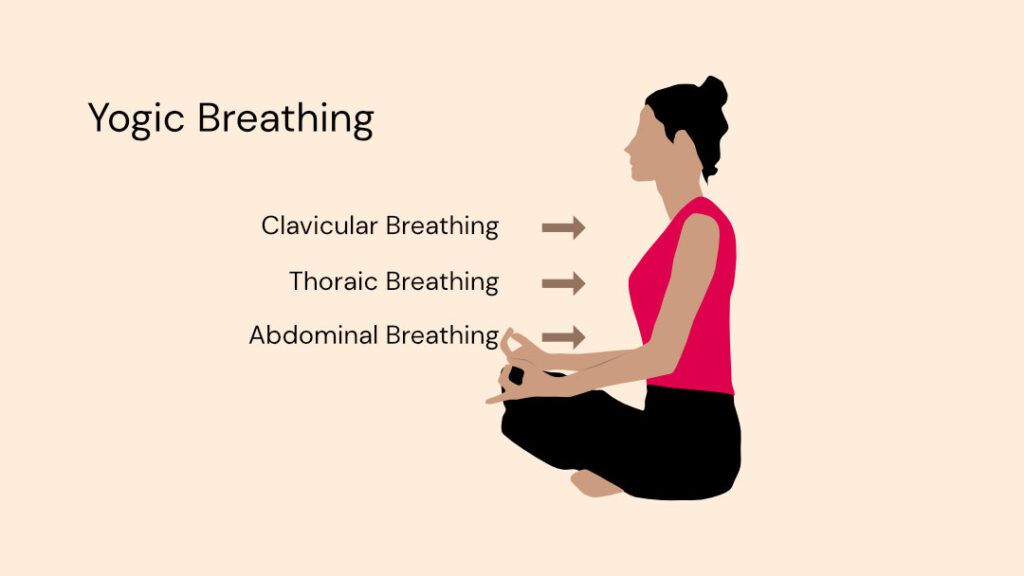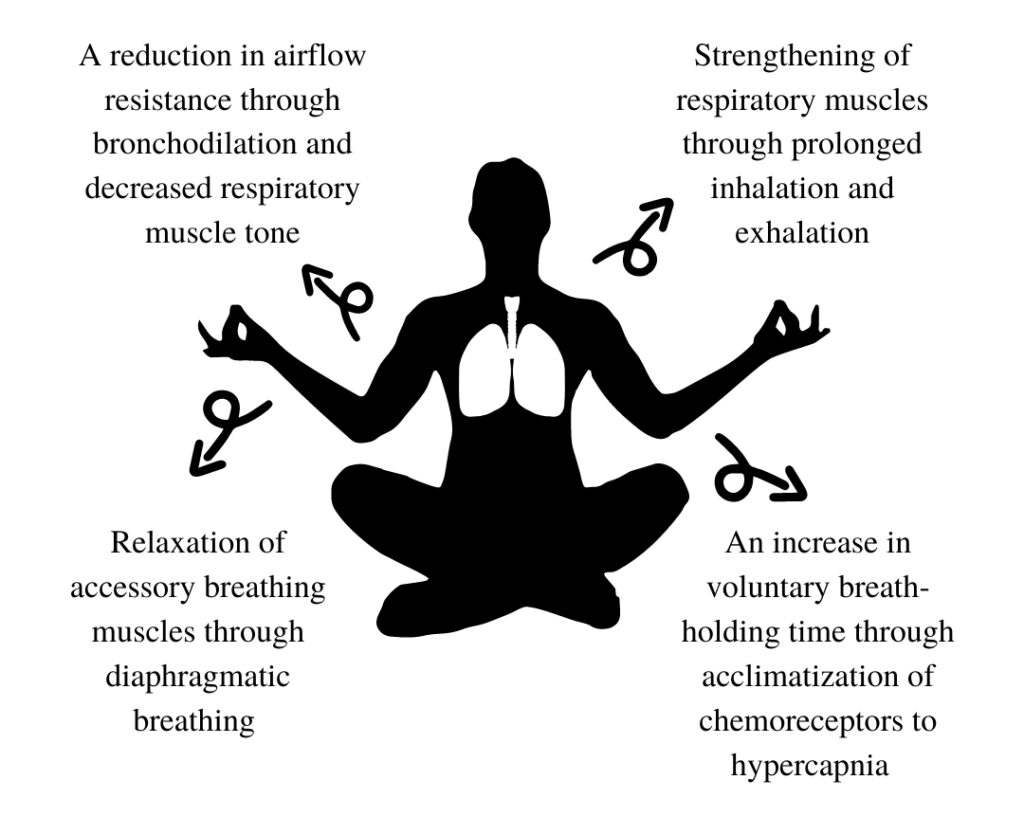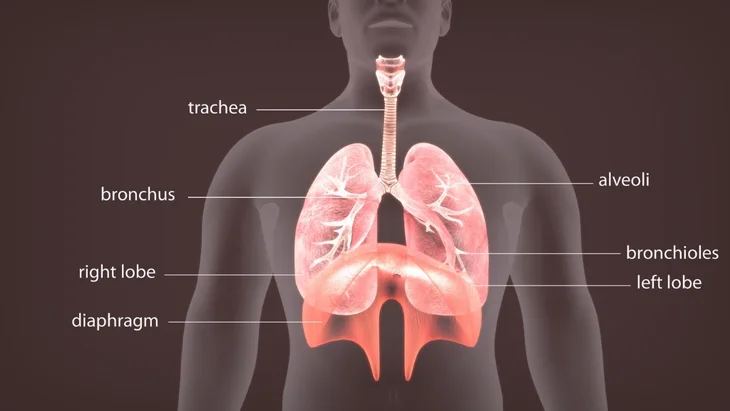Table of Contents
Breathing is an essential part of life. It’s something we do without much thought, but have you ever wondered about the science behind this basic act? From the moment we’re born until our last breath, our lungs play a vital role in keeping us alive and healthy. In this blog post, we’ll explore the fascinating science behind breathing and how it impacts our well-being.

The Basics of Breathing
Breathing is the process of taking in oxygen and expelling carbon dioxide from our bodies. This exchange of gases happens in our lungs, which are like two spongy, air-filled organs located in our chest. The entire process involves several key components: the diaphragm, the ribcage, and the airways.
The Diaphragm: This is a large, dome-shaped muscle located beneath your lungs. When you inhale, your diaphragm contracts, moving downward, and creating more space in your chest. This action allows the lungs to expand and fill with air.
The Ribcage: Surrounding the lungs is the ribcage, which is made up of ribs and muscles. When you take a breath, the ribcage expands, providing even more space for the lungs to inflate.
Air Passageways: The air you breathe enters through your nose or mouth, passes through your windpipe (trachea), and then travels into smaller airways called bronchi and bronchioles. Finally, it reaches the tiny air sacs called alveoli, where the exchange of oxygen and carbon dioxide occurs.

The Importance of Oxygen
Now, let’s dive into the role of oxygen in the body. Oxygen is essential for life, as it is a critical component of a process called cellular respiration. This process occurs within our cells and is responsible for producing energy. Here’s how it works:
Oxygen enters your bloodstream when you breathe in, and it’s carried by red blood cells to every part of your body.
At the cellular level, oxygen combines with nutrients to release energy, which is used for various bodily functions, from moving your muscles to thinking.
As a byproduct of this process, carbon dioxide is produced and needs to be removed from the body.

The Role of Carbon Dioxide
Carbon dioxide, often referred to as a waste product, is generated during cellular respiration. It’s essential to expel this carbon dioxide from your body to maintain a healthy pH balance and ensure the respiratory system functions properly. When you exhale, you release carbon dioxide from your body, completing the breathing cycle.
Maintaining Balance
Breathing is an intricate dance of inhaling oxygen and exhaling carbon dioxide to maintain a delicate balance in your body. This balance ensures that your cells receive the oxygen they need while eliminating the waste product, carbon dioxide. Disruptions in this balance can have profound effects on your health.

The Impact of Breathing on Health
Proper breathing is essential not only for energy production but also for overall health. Here are some key ways in which the science of breathing influences our well-being:
Stress Reduction: Deep, controlled breathing can activate the body’s relaxation response, reducing stress and anxiety. This is why techniques like deep breathing and meditation are effective for managing stress.
Respiratory Health: Maintaining healthy breathing patterns is vital for preventing respiratory conditions, such as asthma and chronic obstructive pulmonary disease (COPD).
Improved Sleep: Breathing exercises can enhance the quality of your sleep by relaxing your body and mind, making it easier to fall asleep and stay asleep.
Enhanced Physical Performance: Athletes often use specific breathing techniques to optimize their performance. Proper breathing can help improve endurance and reduce fatigue during physical activity.
Mental Clarity: Oxygen is crucial for brain function. Adequate oxygen intake can enhance cognitive abilities, concentration, and decision-making.
Conclusion
Breathing is more than just a basic bodily function. It’s a fundamental process that keeps us alive and impacts our health in various ways. Understanding the science behind breathing can help us appreciate its importance and make conscious efforts to breathe more efficiently for our well-being. Whether through relaxation techniques or physical activities, harnessing the power of your breath can lead to a healthier and happier life. So take a moment to pause, take a deep breath, and savor the science behind the lifeline that is your breath.
